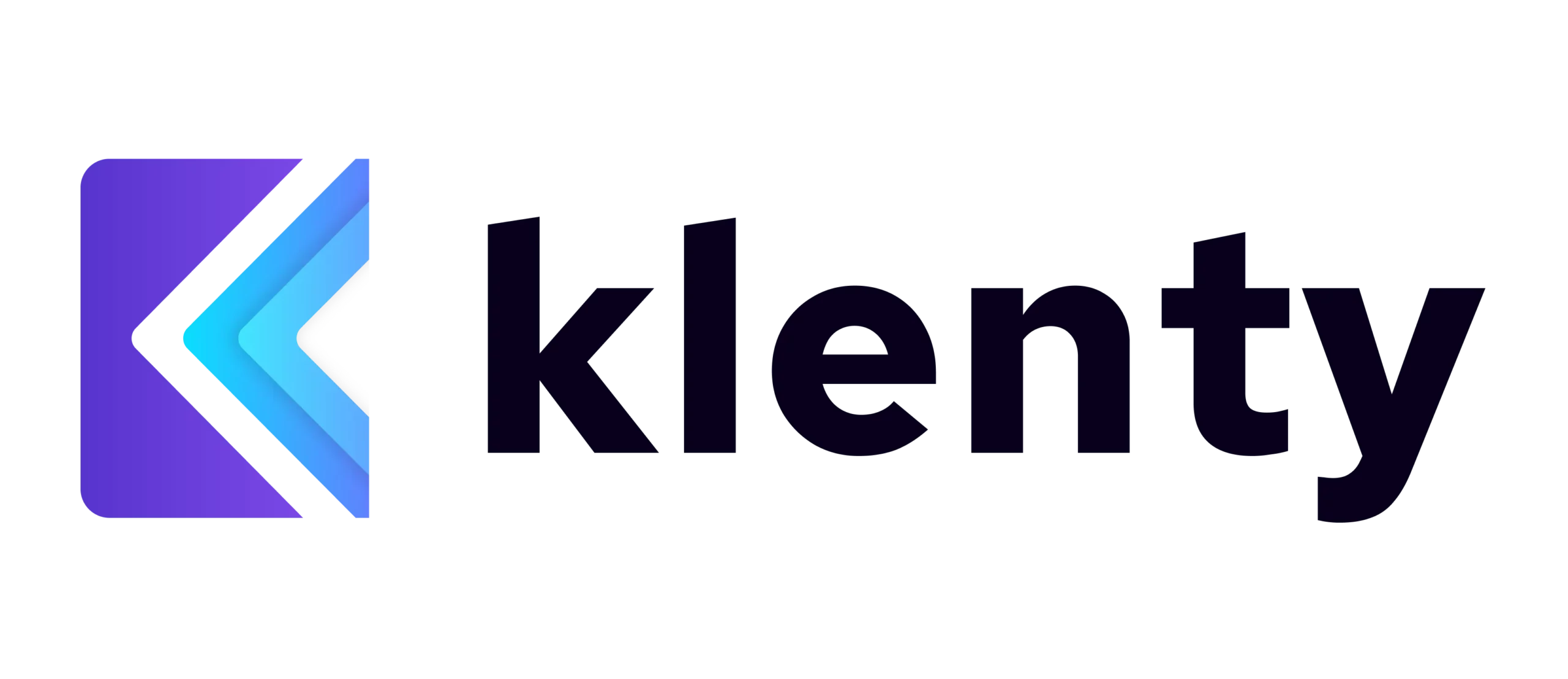So, you’ve just hired an excellent new SDR for your team.
But how long till they start hitting quota?
Studies show that new SDRs take at least 10 months to ramp up.
Whereas most sales leaders expect SDRs to start hitting targets months sooner.
The direct effects of SDRs taking longer to ramp up are:
- New reps failing to reach their full potential in time
- AEs not having enough pipeline to close
- Going on a constant merry-go-round of hiring and re-hiring, only to face the same problem time after time
The truth is, there could be a few factors you might be neglecting that play a vital role in ramping up your new reps.
Let’s take a look at them.
5 Reasons Your SDRs Aren’t Ramping Up on Time
i) Lack of a Standardized Process
Salespeople, new or seasoned, need to know what the sales process looks like in your company.
As an SDR Manager, it’s your responsibility to set up a process that will explain to new hires:
- who your ideal customers, and personas are
- what messaging works and what doesn’t
- what outreach practices and channels have helped build pipeline in the past
In addition, you need to support them in translating all this knowledge into sales execution.
Having a centralized process in place will accelerate your SDR’s ability to hit quota.
ii) No Clarity on Their Goals
Creating realistic, tangible goals and tracking the progress of your new hires will help you identify their strengths and weaknesses early on. For example, some SDRs may be slower to cold call, while some don’t personalize emails enough.
Recognizing these will help you figure out their focus areas and support them accordingly.
iii) Uncertainty Regarding Day-to-Day Tasks
As the SDR Manager, it’s critical for you to lead your team in the right direction. And this starts with something as simple as giving reps clarity on day-to-day tasks.
Reps work best when they focus on execution — not wondering about to-dos. If they aren’t clear on their daily, weekly, and quarterly goals, activities pile up, accountability drops, and your pipeline suffers.
Having a specific outline of their day is key to helping new reps get closer to targets, faster.
iv) Inefficient Training and Coaching
Your reps need guidance, and not just during times of need. But it’s impossible for you to be there for them every time.
That’s why it’s important to keep a record of all necessary training material — like call recordings, email templates that work, call scripts, and LinkedIn conversation starters.
This accelerates your reps’ learning and makes it easy for them to adopt winning strategies sooner. Hence, decreasing ramp time.
v) No Way to Learn From Top Reps
Learning is best done through osmosis. Being exposed to an expert in action helps a new hire automatically absorb ideas, knowledge, and technical skills.
When new reps have the ability to see how the best reps at your company perform, approach prospects, strategize, and bring their sales playbook to life, they will be able to learn quickly. And practicing their learnings becomes easier, in turn pushing them closer to hitting quota faster.
5 Ways Klenty Helps Reduce Ramp-up Time
i) Goals
Goals in Klenty is designed to help you set targets for your team, translate them into daily activities, and track day-to-day progress.
This is because tracking pipeline alone shows you the problems that exist "after the fact"- when the quarter has already ended.
The way to improve pipeline generation is to 'look backwards' at the volume and quality of activities reps do, the volume of prospects they engage and the outcomes of those activities. Here's how Goals helps you fix pipeline challenges by 'looking backwards
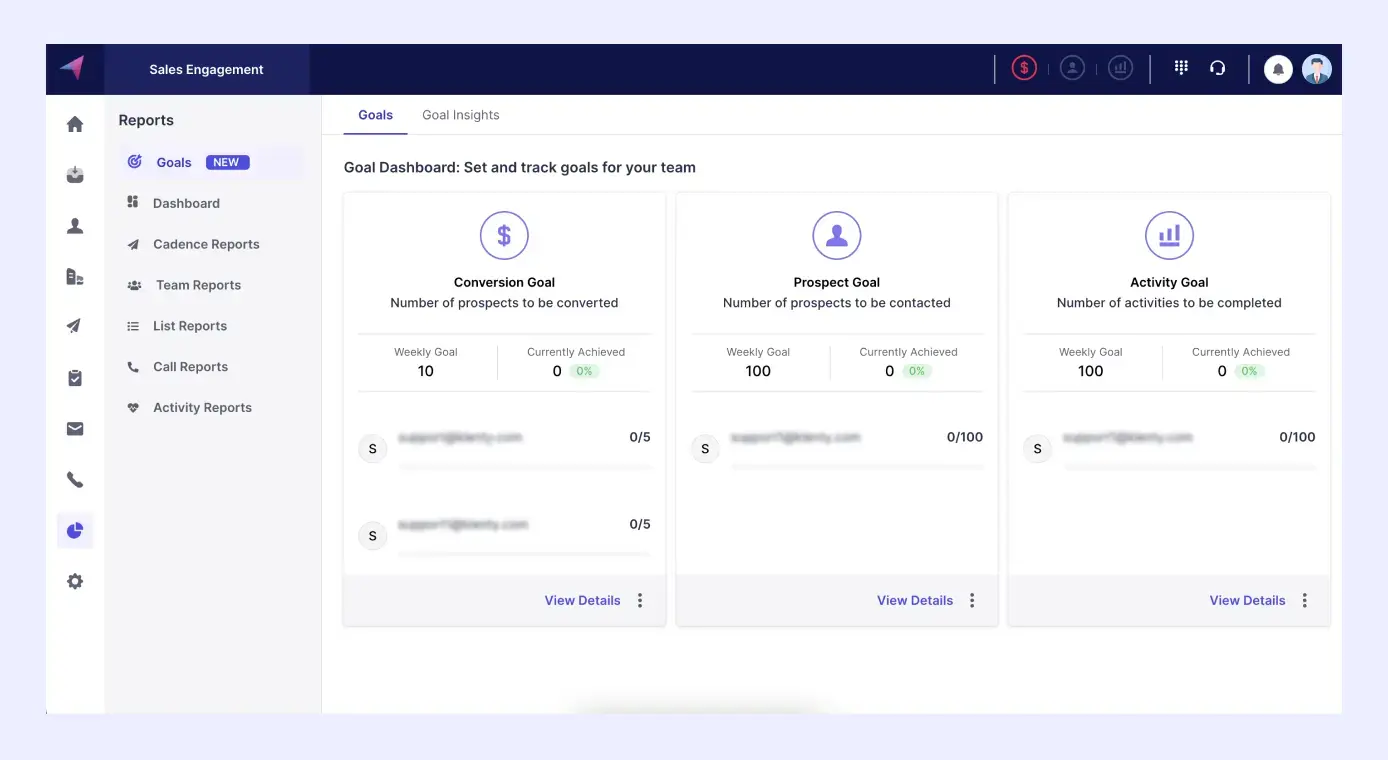
ii) Activity Center
Activity Center consolidates all daily activities into a single view at the beginning of each day. This gives your reps a clear picture of how their day looks and helps them plan accordingly.
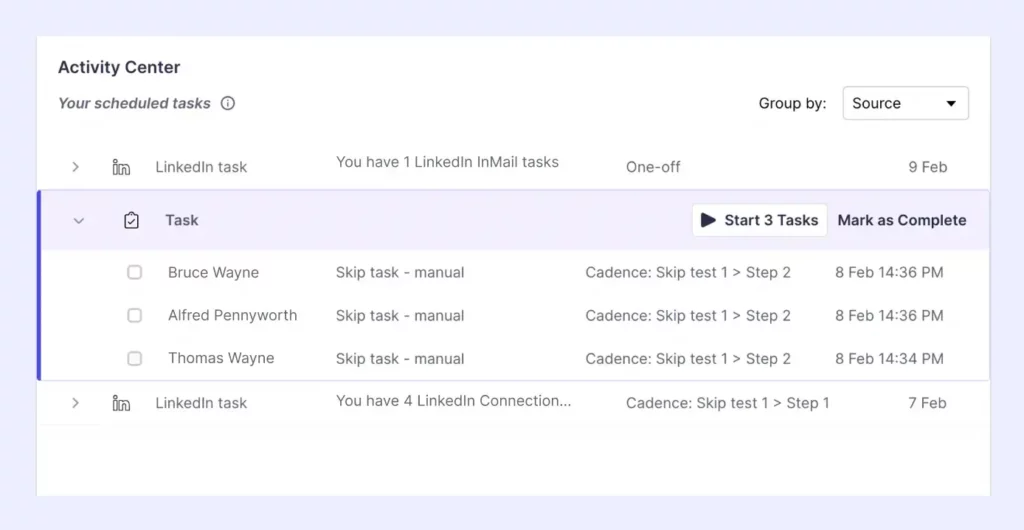
iii) Cadences
Klenty’s cadences are easy-to-build and help you set up a standardized, proven process for your reps to follow and adopt.
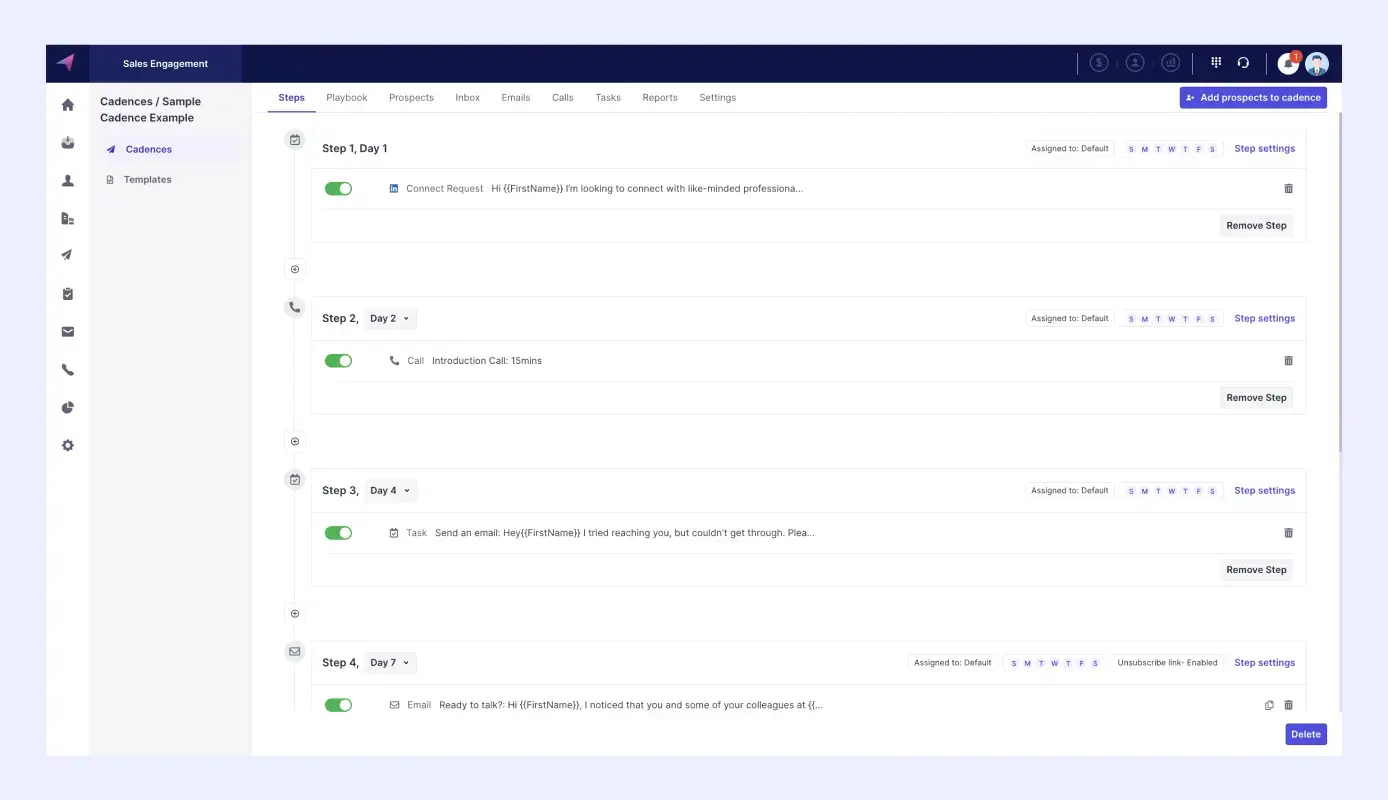
iv) Call Recordings
Klenty’s Call Recorder ensures that you have reliable records of all calls. They are downloadable so that new hires can listen to them at their convenience. They can identify winning behaviors and learn how to tackle questions, and fast-track their way to hitting quota.
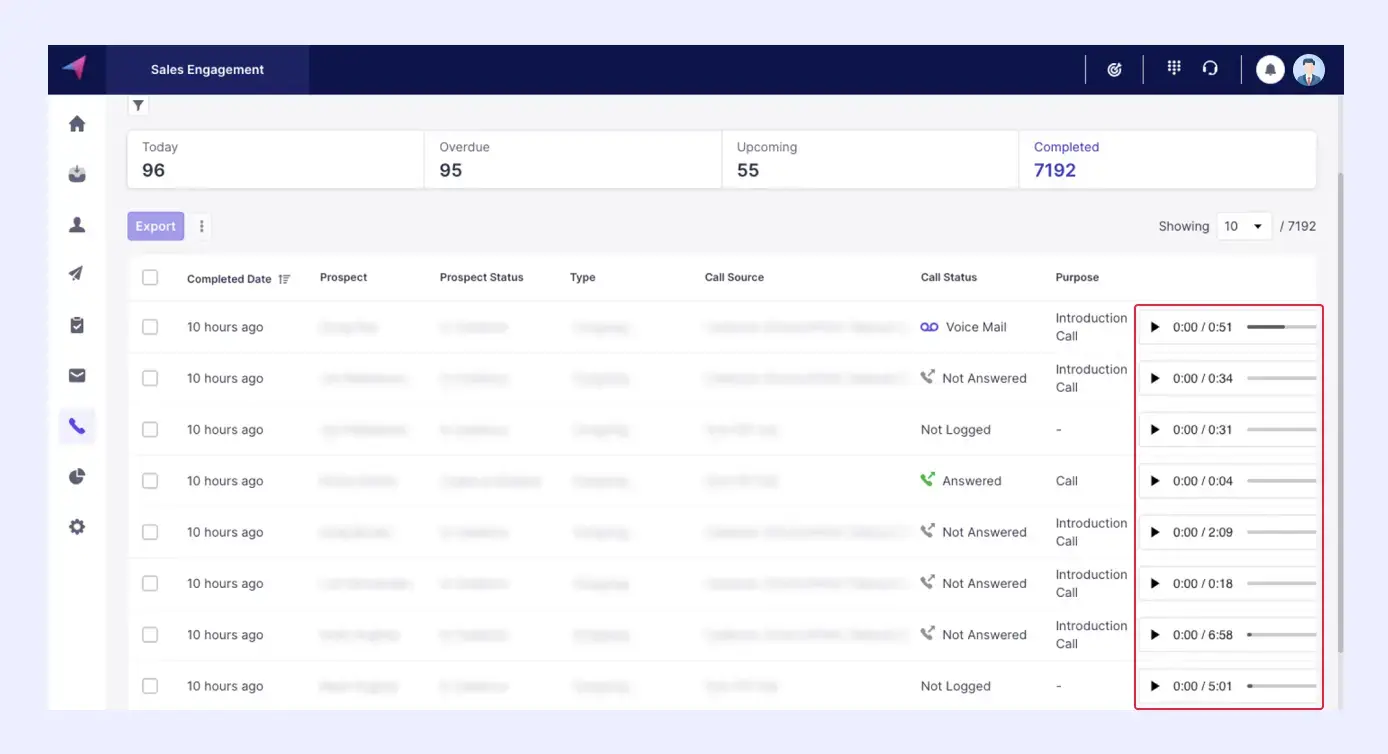
v) Save Templates
Klenty’s feature to clone and edit cadences on the go helps reps learn from each other and replicate winning strategies across the team. Reps can even edit the template before sending it — so they can add a personalized sentence should need be.
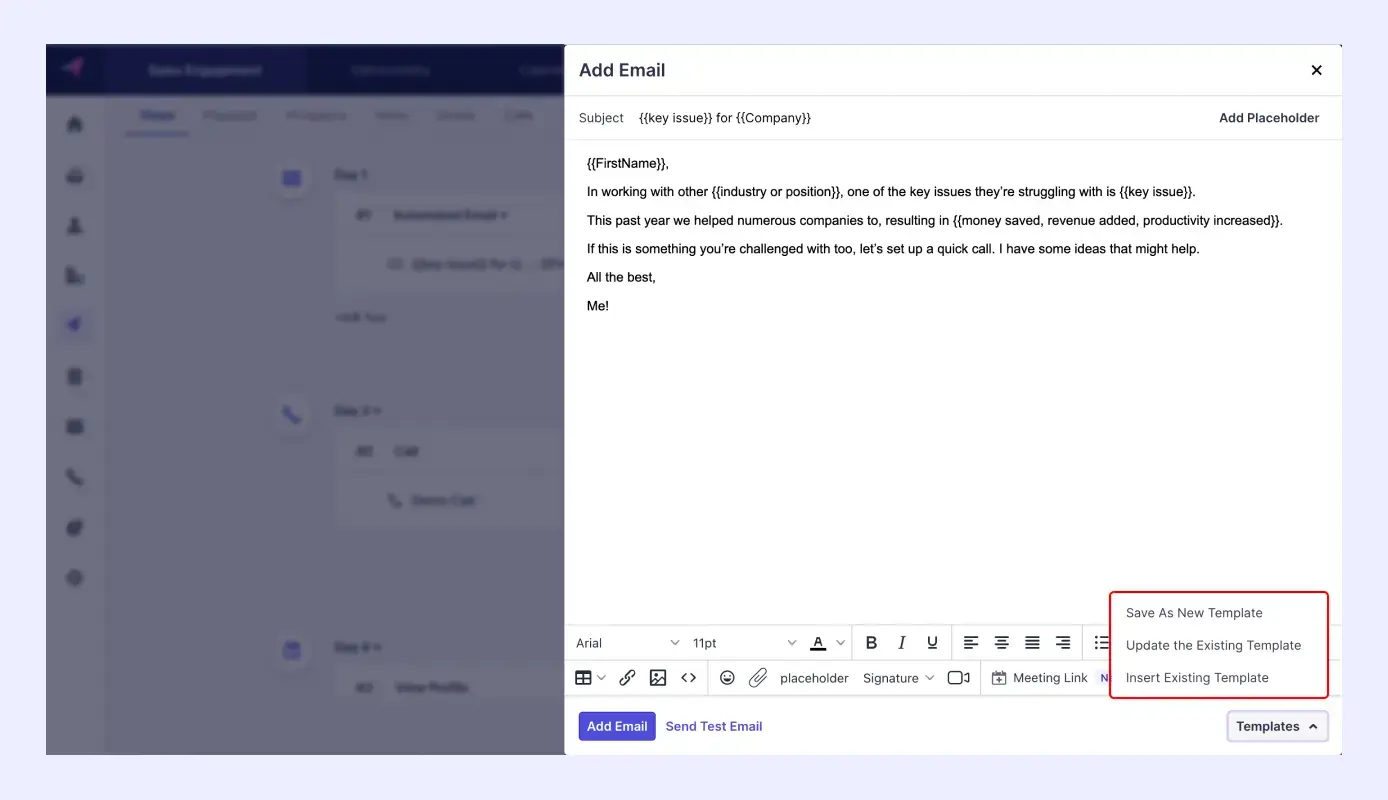
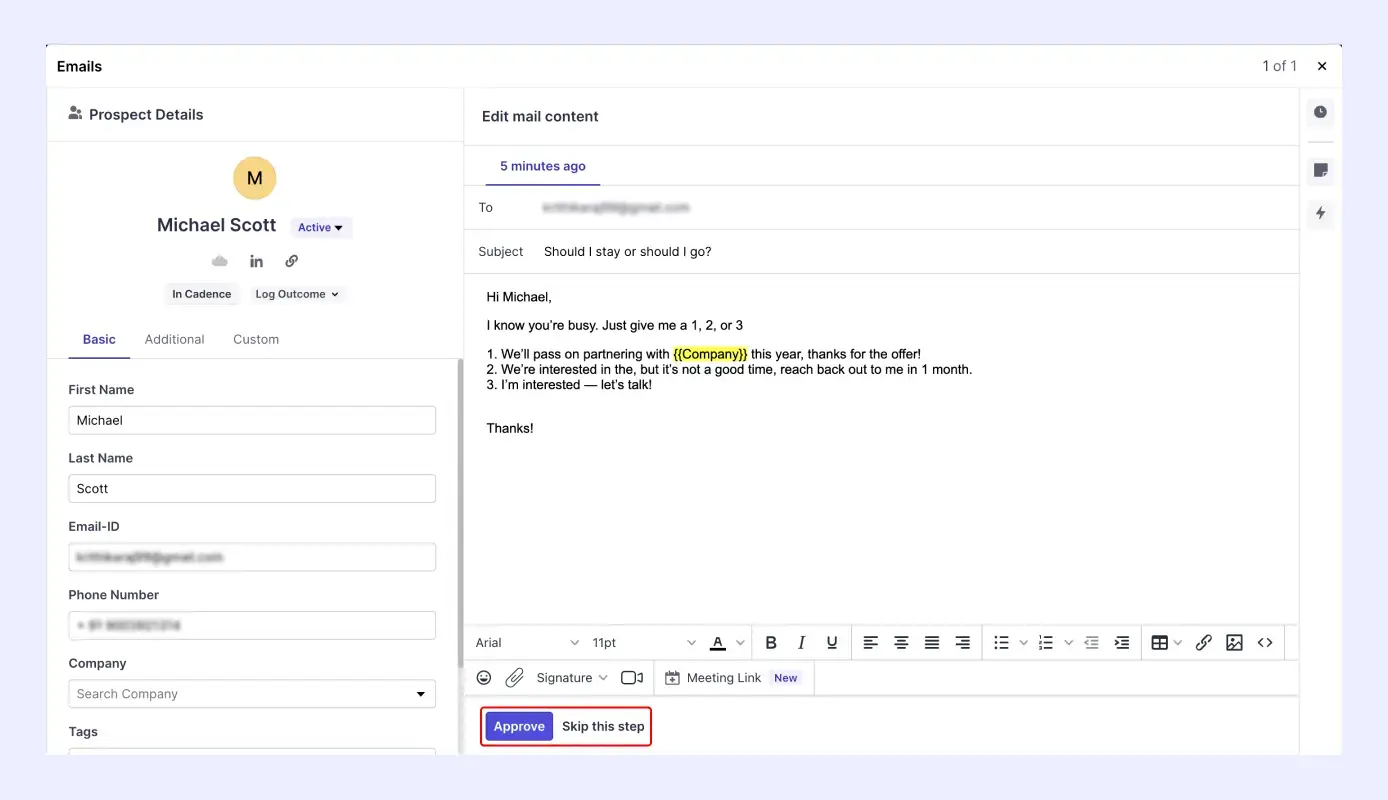
Conclusion
As an SDR manager, doing everything you can to reduce ramp-up time will positively impact the productivity of your team, and the revenue you bring in.
Setting clear expectations, tracking your reps’ progress toward their goals, providing actionable feedback, and supporting reps when needed will help them retain, refine, and apply their learnings efficiently.
A Sales Engagement Platform like Klenty can help your sales team share winning outreach templates, clone successful messaging across your team, track outreach success with advanced reports, and set clear goals for every rep.
Moreover, with Klenty adding Conversation Intelligence to its list of capabilities, Sales and SDR managers will now be able to analyze sales conversations at scale to deliver meaningful coaching to reps.
Want to learn how Klenty helps you ramp new reps faster and build a high-performance sales team? Try Klenty free.
